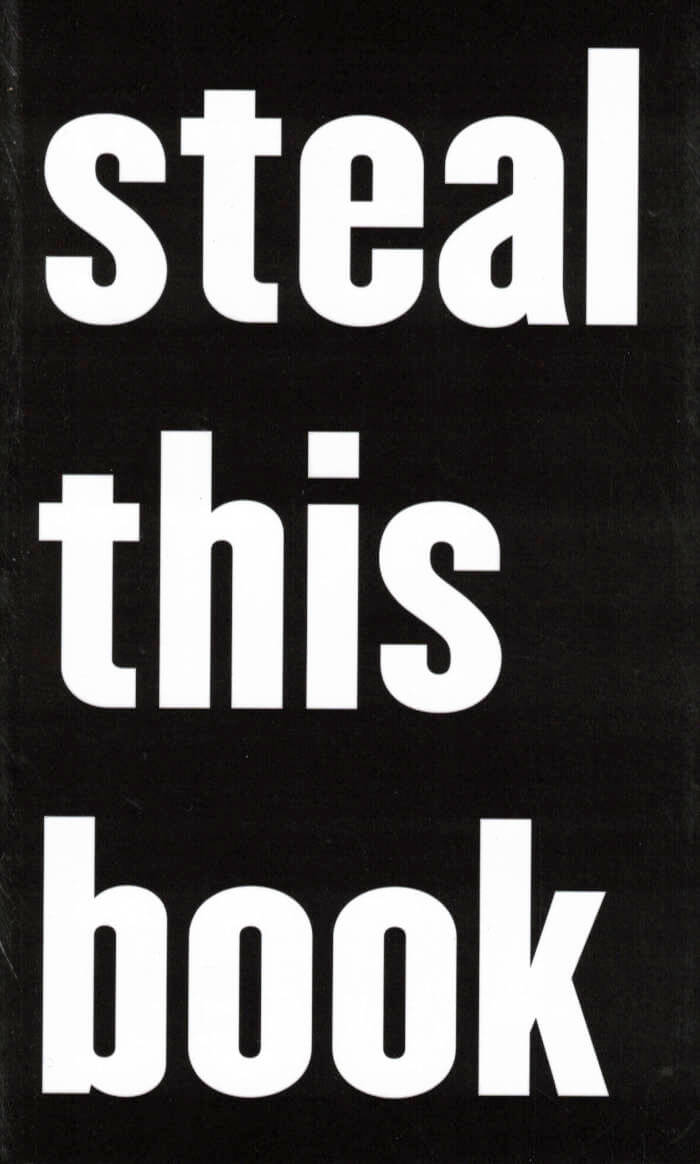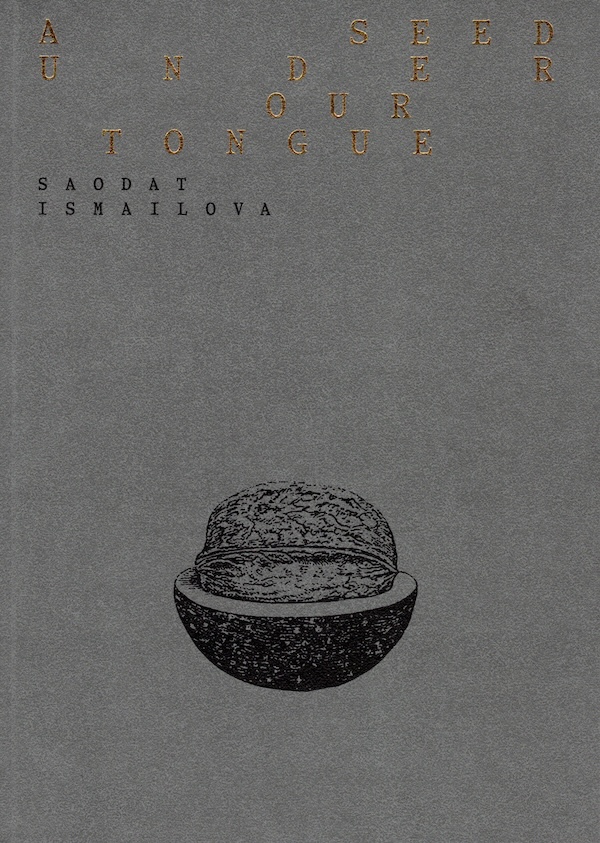
The Lost Space
Publication devoted to the only statement the Belgian artist has ever published about his own work.
Those familiar with Guy Mees know that he used the enigmatic title Lost Space to describe two major bodies of work, distinct in origin and form, and separated by a gap of more than twenty years: the geometric objects and panels covered in lace created in the 1960s, and the works he started producing in the 1980s featuring colour paper cutouts pinned to walls. This publication is dedicated to a lesser-known chapter in this story: the writing process of a short text entitled, likewise,The Lost Space. An ambiguous manifesto for Mees' work, the text went through a number of revisions, with Mees contributing suggestions, but never authoring it himself. This book reproduces eight extant versions of the text for the first time, in facsimile and typographic transcription as Richard Hamilton did with the Large Glass notes of Marcel Duchamp.
Published on the occasion of Guy Mees at MU.ZEE, Ostende, in 2019.
Limited edition of 350 copies.
Guy Mees (1935-2003) is a Belgian artist whose oeuvre encompasses photographs, videos, sculptures, and fragile works on paper that combine formal rigor with delicacy and a conceptual approach. A leading figure of the Belgian avant-garde, Mees left behind an outstanding body of work that transgresses geometric abstraction, Minimalism, Conceptualism, and applied arts.
Edited by Lilou Vidal.
Graphic design: Joris Kritis.







